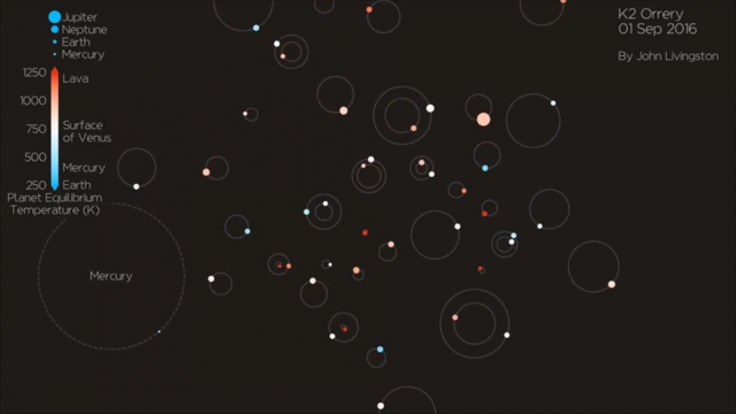Aliens could be watching us from 1,000 nearby stars, reveals new study
The scientists used NASA's Transiting Exoplanet Survey Satellite star catalog to detect 1004 such star systems within 300 light-years from Earth.
Scientists and researchers have been looking for aliens and extraterrestrial beings in our universe for decades. A certain answer about the existence of alien life is yet to be unveiled. However, a new study suggests that within 300 light-years from Earth, there are about 1000 Earth-like planets with habitable zones.
Astronomers from the College of Arts and Sciences, Cornell's Carl Sagan Institute, and Lehigh University have detected 1004 Sun-like stars at about 300 light-years from Earth. These star systems could possibly be hosting Earth-like habitable exoplanets. Since these star systems are in a "direct line of sight to our planet" they reportedly have the potential to "detect Earth's chemical traces of life," according to the news release.
In a paper titled "Which Stars Can See Earth as a Transiting Exoplanet?" lead authors, Lisa Kaltenegger and Joshua Pepper offer a unique perspective. Explaining their perspective, the astronomers urge to "reverse the viewpoint to that of other stars" from which other observers in our solar system can see "Earth as a transiting planet."
"If observers were out there searching, they would be able to see signs of a biosphere in the atmosphere of our Pale Blue Dot," Kaltenegger said in a statement. "And we can even see some of the brightest of these stars in our night sky without binoculars or telescopes."
It is explained that the transit method is a significant one for astronomers searching for inhabited extrasolar planets. Researchers have discovered more than 4,000 exoplanets with the help of this method.
Next year, with the launch of NASA's James Webb Space Telescope, astronomers will be able to characterise these planets more efficiently. With its improved infrared resolution and sensitivity, the telescope will succeed Hubble on Oct. 31, 2021.
In their new study, Pepper and Kaltenegger have created the list of nearby stars with the help of NASA's Transiting Exoplanet Survey Satellite (TESS) star catalog. According to the researchers, these stars might be hosting intelligent life watching out for us.
"But all of the thousand stars we identified in our paper in the solar neighborhood could see our Earth transit the sun, calling their attention. If we found a planet with a vibrant biosphere, we would get curious about whether or not someone is there looking at us too. If we're looking for intelligent life in the universe, that could find us and might want to get in touch, we've just created the star map of where we should look first," explains Kaltenegger.

The study was published in Monthly Notices of the Royal Astronomical Society.
© Copyright IBTimes 2025. All rights reserved.





















